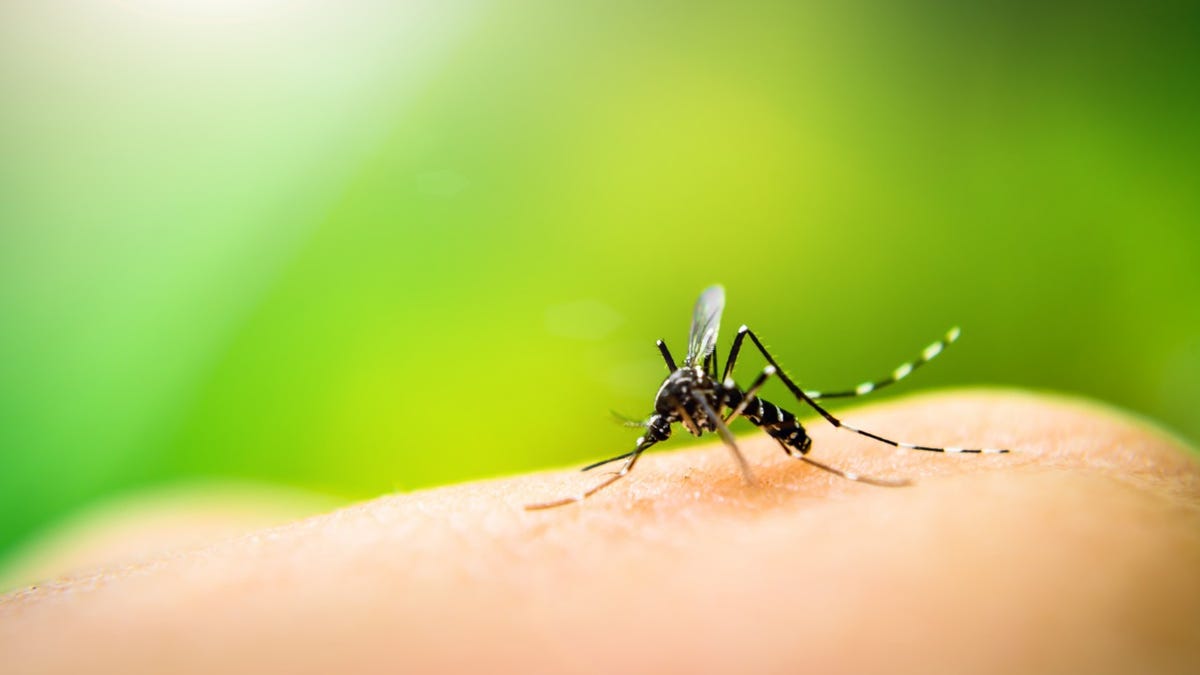Dr. Fauci’s Encounter with the West Nile Virus: Important Information
As mosquito season peaks in the U.S., a significant public health figure described his experience with the West Nile virus as feeling like he had been “hit by a truck.”
Dr. Anthony Fauci, who is well-known for leading the National Institute of Allergy and Infectious Diseases and for his role in the initial COVID-19 pandemic response, shared this insight after several days in the hospital because of the West Nile virus, which is spread by mosquitoes.
On Saturday, a spokesperson for Fauci informed various news outlets, including YSL News, that the 83-year-old immunologist had contracted West Nile and had been hospitalized for six days. He is currently on the mend.
In an interview with STAT, a health news platform, Fauci expressed that he felt he had “been hit by a truck.”
“I’ve never been this sick in my entire life. Ever,” he stated. “This has been by far the worst illness I’ve ever faced.”
Fauci’s case is unusual. Most individuals infected with West Nile from mosquito bites do not show symptoms, though some rare cases can lead to long-term neurological issues and even fatalities.
The Emergence of West Nile Virus
West Nile was first established in the U.S. 25 years ago, originating in Fauci’s birthplace, New York City. Presently, there are thousands of annual cases, although experts believe the actual number is significantly underreported.
This year, the U.S. has recorded 216 cases, with 142 of those involving individuals who experienced the severe neuro-invasive form of the disease, according to the Centers for Disease Control and Prevention (CDC).
Dr. Erin Staples, a medical epidemiologist at the CDC’s vector-borne diseases division, mentioned to YSL News, “We’ve gained a lot of knowledge, but we still rely on the same prevention tools we did back then. We must improve.”
After all, she noted, mosquitoes are recognized as the deadliest creatures on the planet.
Understanding West Nile Virus
According to the CDC, West Nile mostly spreads through birds that act as hosts for mosquitoes. Identified initially in Uganda, it has since spread to Africa, Europe, Asia, Oceania, and the Americas. In the U.S., the virus typically follows the mosquito season during the summer, with most infections appearing in August and September.
Mosquitoes, primarily from the Culex genus, bite the birds and contract the virus, subsequently transmitting it to humans. People usually do not have a high enough concentration of the virus in their blood for mosquitoes to pick it up and transfer it to others. Rarely, West Nile can spread between humans via blood transfusions, organ donations, or from mothers to their babies.
No human vaccine exists for West Nile, but there is one available for horses.
Prevalence of West Nile Virus
West Nile is the leading cause of mosquito-related diseases in the U.S., as reported by the CDC. In its first year in the U.S., August 1999, there were 62 reported cases and a few fatalities.
Over the years, the virus expanded through migratory birds across the country. Human infections spiked from about 66 cases in 2001 to over 4,100 in 2002, with 284 deaths that year alone. In 2003, about 9,862 people were infected, leading to 264 deaths in the U.S. Currently, the highest cases are recorded in the central and western regions of the country.
Many cases of West Nile are thought to go unreported, and numerous individuals are unaware that they carry the virus. The cases that do appear tend to represent the more severe instances. Diagnosing West Nile typically involves a blood test, although cerebrospinal fluid can also be examined for the neurological form of the illness, according to Staples of the CDC.
Recognizing the Symptoms
Approximately 80% of individuals who contract West Nile do not experience any symptoms. Among the 20% who do, West Nile fever is the most prevalent. Additional common symptoms include headaches, body or muscle pain, joint discomfort, vomiting, diarrhea, and rashes, according to the CDC. Symptoms typically appear 1 to 14 days after being bitten and can last from three to six days, based on information from Penn Medicine, a hospital and medical school.
In rare instances, a severe neuro-invasive form can occur, leading to conditions such as encephalitis or meningitis. Symptoms for these severe cases include muscle weakness, a stiff neck, weakness in limbs, confusion, difficulty thinking clearly, and loss of consciousness or coma.
About 10% of these severe cases may be fatal. In 2023, 182 individuals in the U.S. lost their lives due to West Nile.
Severe illness can affect anyone,
Individuals who are older or have specific health issues, such as cancer, heart problems, kidney disease, and those who have received organ transplants, face a higher risk. Fortunately, most people who contract West Nile Virus develop immunity to prevent future infections.
How to Avoid West Nile Virus
The most effective way to avert West Nile Virus is by reducing mosquito breeding and biting areas. Here are some useful tips:
- Apply insect repellent approved by the Environmental Protection Agency.
- Dress in loose, long-sleeved shirts and pants while outdoors.
- Eliminate mosquito breeding grounds by removing any standing water around your home, where mosquitoes lay eggs. Ensure windows and doors have screens and fix any holes in them.
- Whenever possible, use air conditioning instead of keeping windows and doors open during warm weather.

